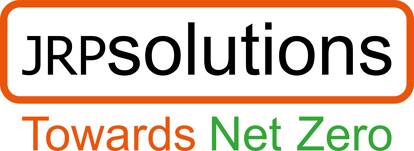The ambition of ESOS (the Energy Savings Opportunity Scheme), established 12 years ago, was to champion energy efficiency and mitigate greenhouse gas emissions by encouraging large businesses to identify and implement energy-saving measures. This core concept of moving energy awareness to boardrooms and uncovering opportunities for savings, aligned with national Net Zero goals by strategically reducing intensive on-site energy use and associated carbon emissions. Now the final details of Phase 3 have finally been agreed, is ESOS any closer to achieving this ambition?

Despite this admirable ambition, the scheme to date, having already moved through Phases 1 and 2, has faced significant criticism. One major drawback lies in the absence of a mandatory commitment for organisations under the scheme. While organisations are obligated to identify energy saving opportunities, there is no corresponding mandate to act on these findings. This lack of enforcement makes it easy for businesses to merely check a box without implementing meaningful changes. To incite positive change, there must be a motivational driver, and the current structure of ESOS falls short.
Another challenge stems from the inconsistent quality of ESOS assessments, because of inadequate government regulations. The absence of guidelines ensuring auditors possess industry-specific experience relevant to the organisation hampers the effectiveness of the process. Auditors should be matched with organisations in their field to provide tailored, meaningful recommendations. Additionally, while audits require approval from a qualified lead assessor, there are no stipulated qualifications for the on-site auditor. Consequently, some organisations receive generic recommendations that do not align with their operations and have reported a lack of confidence in the scheme due to the poor guidance that has resulted in poor quality outputs. Many of these organisations see ESOS as an additional cost to their business without any corresponding benefit.
Moving into Phase 3, the Government needed to win back confidence in the scheme by demonstrating strong leadership, an understanding of the issues and by implementing changes to the scheme that addressed the issues.
- What has happened so far in Phase 3?
- What are the new requirements?
- What has been missed?
- What can organisations do to get best value from Phase 3?
Click here to read the full article that answers all these questions and more.
For more information, or to request an ESOS Audit proposal, email info@jrpsolutions.com
N.B. The information contained in this entry is provided by the above supplier, and does not necessarily reflect the views and opinions of the publisher


